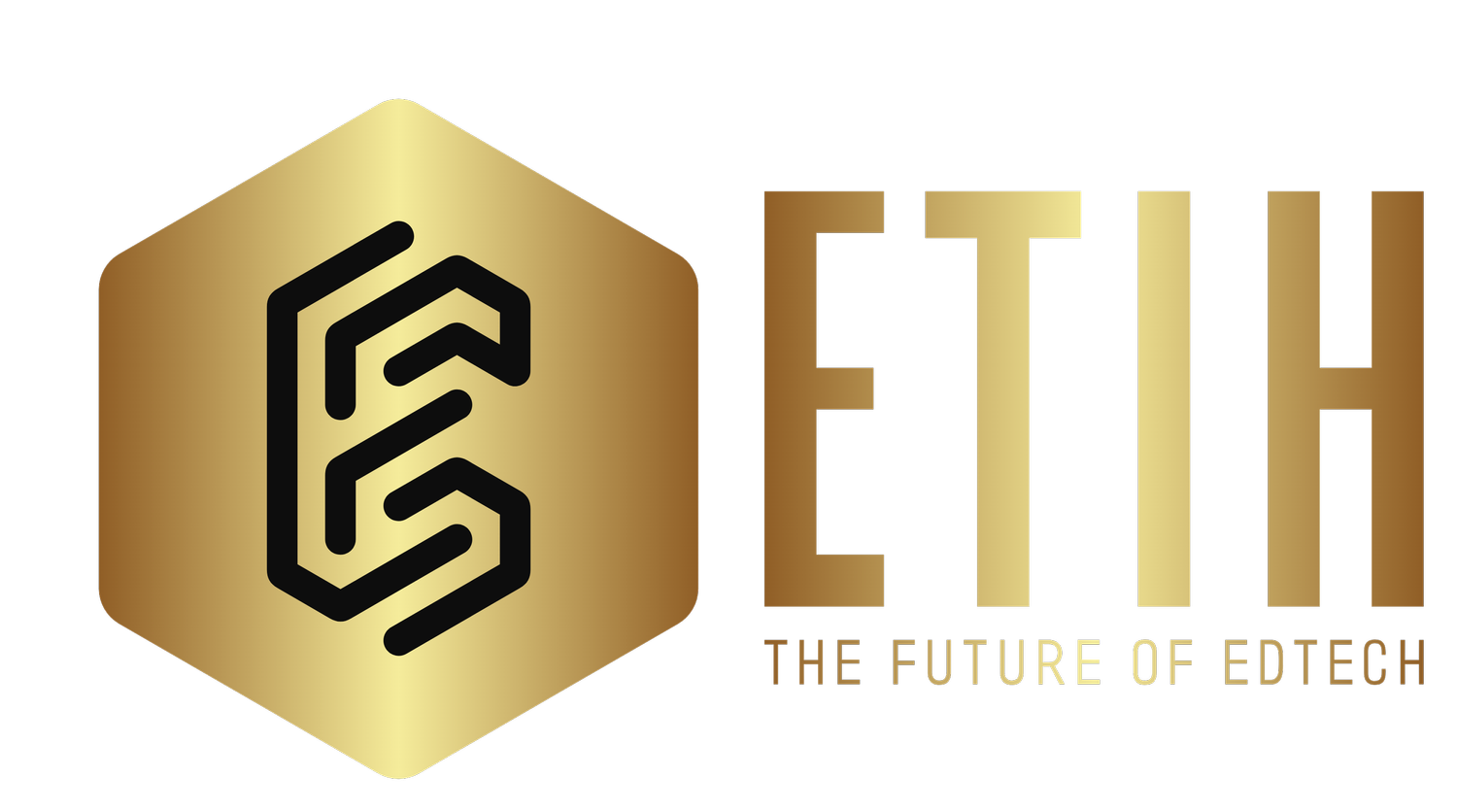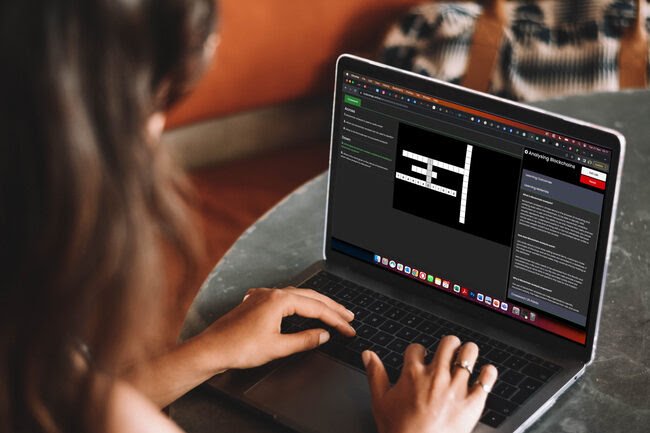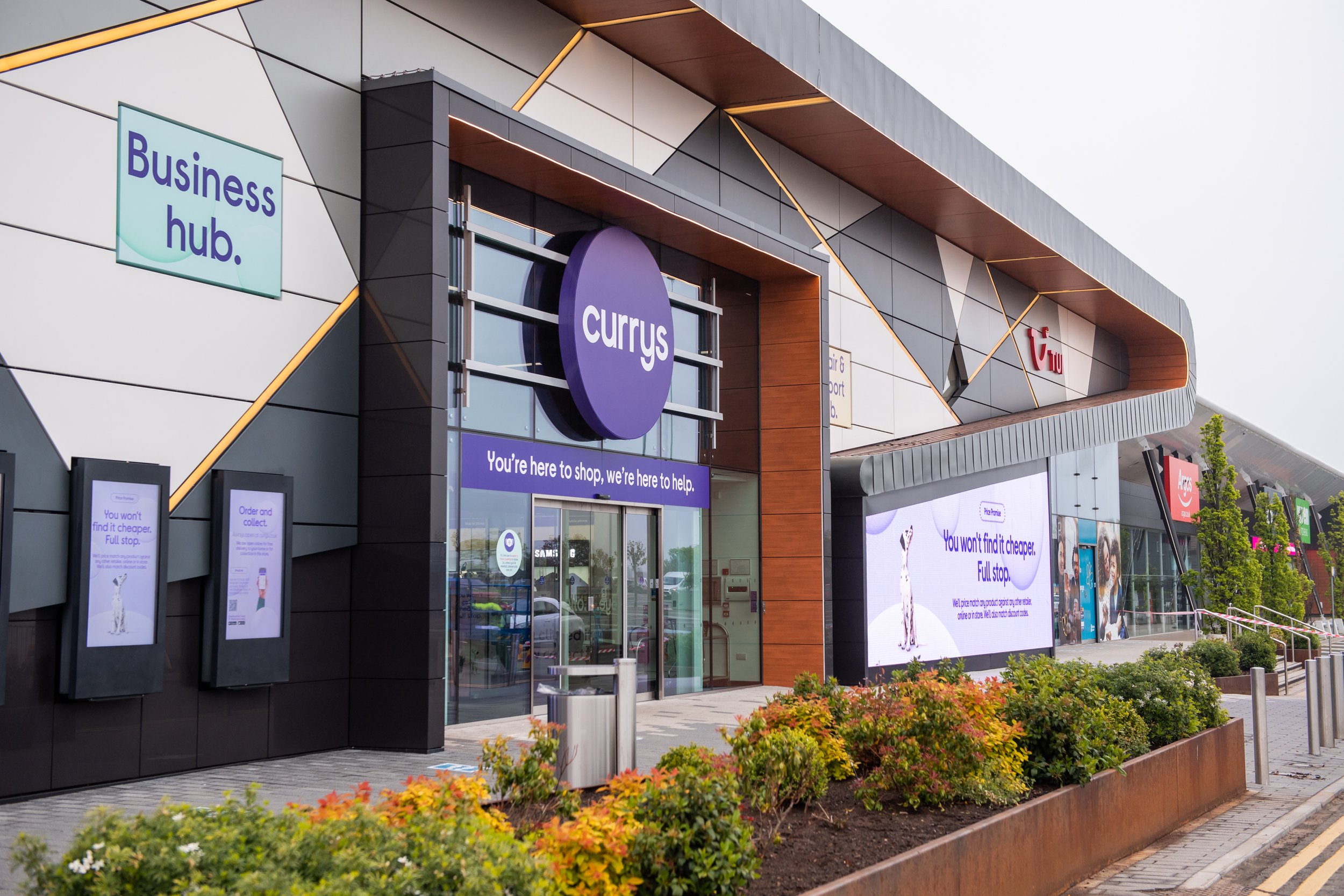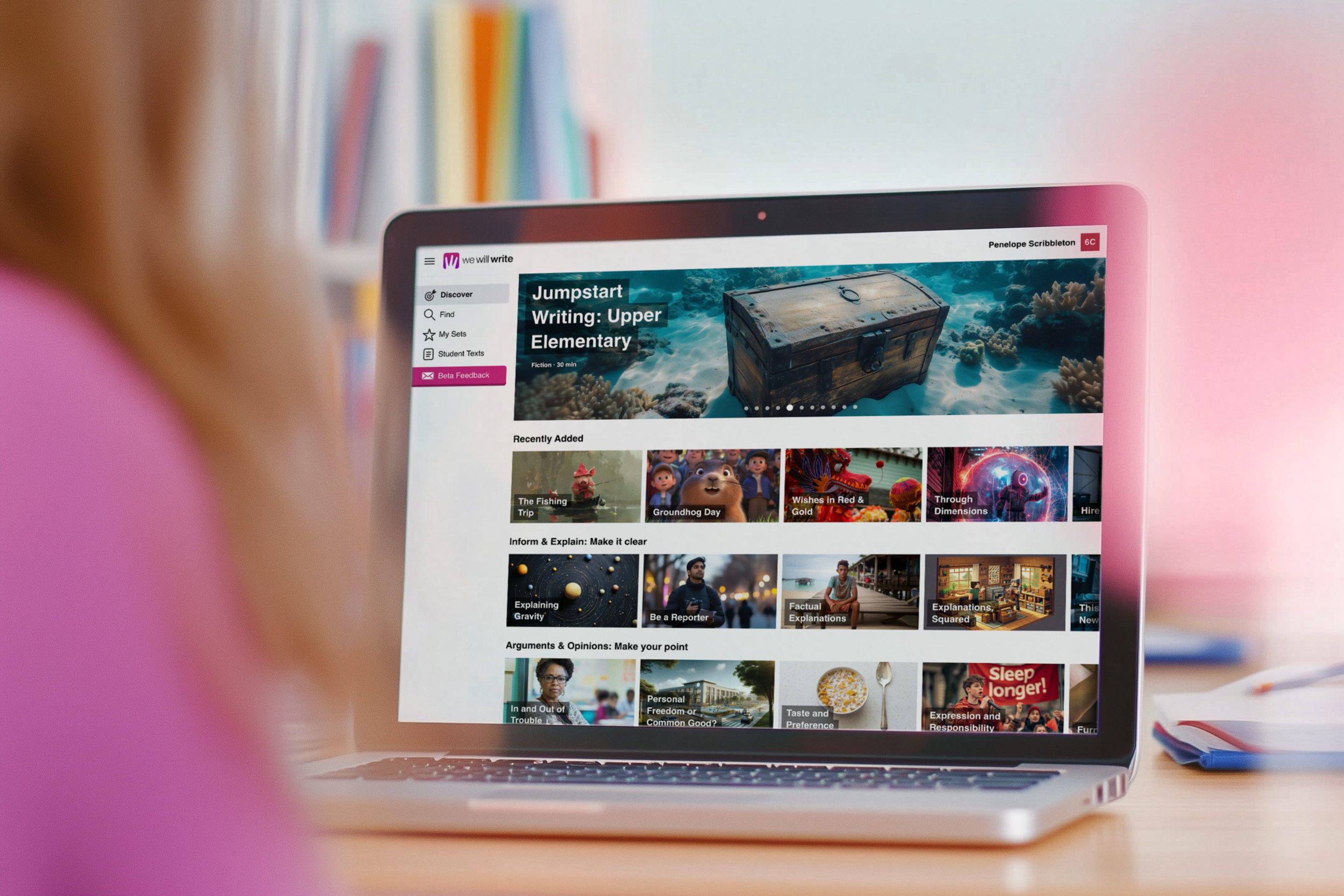Tech in the food and beverage industry: 10 examples
Technologies are changing the F&B industry in many ways, from production to the consumer’s home. Here are ten standout examples to know about; this list covers several phases of the industry, including manufacturing.
1. 3D Printing
There are many uses for 3D printers, from parts to packaging. This advanced printing method can provide manufacturers with packaging on demand, custom options, spare parts in facilities, and production tools. For example, manufacturing plants may 3D print spacer and safety tools, saving time that would otherwise be spent prototyping.
2. Artificial Intelligence
AI or artificial intelligence has many uses in F&B manufacturing plants, from quality control to new product development. It can help to improve efficiency and lower overproduction. The key is using predictive analytics from AI tools to forecast what consumers want and improve inventory based on that data.
3. QR Codes
Helping improve trust in the supply chain, QR codes are something that many packages now have on them. Manufacturers might choose to include a special code on product packaging to help customers learn more about an item, such as how it is eco-friendly. Sharing content like recipes through QR codes is another trend. Be sure that the code is high-resolution.
4. Thermoelectric Cooling
An alternative to traditional vapor-compression cooling units in food and beverage manufacturing facilities is thermoelectric cooling. This new tech offers consistent cooling that can benefit manufacturers with limited physical space or in harsh environments who are looking to reduce their carbon footprint and limit maintenance costs. Researching about what is thermoelectric cooling can help you learn more about its benefits and applications.
5. IoT sensors
The Internet of Things (IoT) is a term for devices and systems connecting over the Internet. In the area of food safety management, IoT sensors offer benefits. That includes monitoring integral criteria, such as temperature and humidity, and providing alerts when there are abnormalities in real time. By using IoT sensors and RFID tags, companies in the industry can also see more about the supply chain, such as where recalls come from.
6. Robots
On the food and beverage production line, robots are used to process tasks, such as picking and line tracking. They can be useful for improving the safety of what is manufactured there and providing a more efficient environment. For example, they can be washed down thoroughly for sanitary purposes and improve the speed of food processing in the plant.
7. Blockchain tech
With Blockchain, it is possible to record every transaction relating to food products, from farm to consumer. That can allow suppliers to rack product movement, along with other activities, for insights. Doing so can improve food safety, build transparency between those at different parts of the food chain, and make managing inventory easier.
8. Smart warehouses
When it comes to storage, some beverage companies use smart warehousing, which may include voice-controlled operations. There may also be automated handling systems, such as AGVs (automated guided vehicles) and using robotic arms to organize and carry stock. This approach to modern warehousing may improve profits with lower labor costs and faster speeds.
9. Cloud Solutions
Cloud-based solutions customized to the F&B industry are gaining momentum. This software can provide traceability, help with planning along the supply chain, and improve the speed of delivery of quality products. The software can also make staying compliant easier, whether it is for labeling or another part of the F&B sector.
10. Big Data for marketing
Regarding the marketing of food and beverage products, companies are starting to use big data analytics to form and carry out better strategies. The insights gained from data can help brands better understand their audiences, from why they act the way they do to preferences, to help reach their intended audiences, improve sales, and get a better return on investment (ROI).
What Tech to use? A teachable moment
As you share the latest technologies, whether in a formal classroom or elsewhere, be sure to explain how to determine which tech to use in which situations. That involves doing your homework to determine the involved factors.
For example, food and beverage manufacturers can select the right tech for their operations based on business goals, what is necessary to maintain production efficiency, requirements for compliance, and an ROI evaluation.
Tech innovations in the F&B sector
The ten examples above are just some of the many ways that tech is integrating into the food and beverage sector at all areas of the supply chain. Implementing the right tech into your manufacturing facility or another environment can help you unlock its full potential to achieve your business goals, such as boosting efficiency, being more eco-friendly, and improving food safety.
It is obvious that tech is changing food and beverage manufacturing in many ways, along with delivery, packaging, marketing, and more. That can help many businesses overcome traditional challenges and stay competitive in this industry.
With that in mind, continuing to teach others about how the F&B sector is changing is paramount. Your work is important as it can elevate productivity and have several other benefits. You are helping one or more companies move forward and be tech-forward to improve current practices and position them to do well in the future. After all, AI, IoT, and other tech will continue to advance over the years, so companies would be wise to keep up with and utilize the latest innovations if they make sense for their unique operations.




















